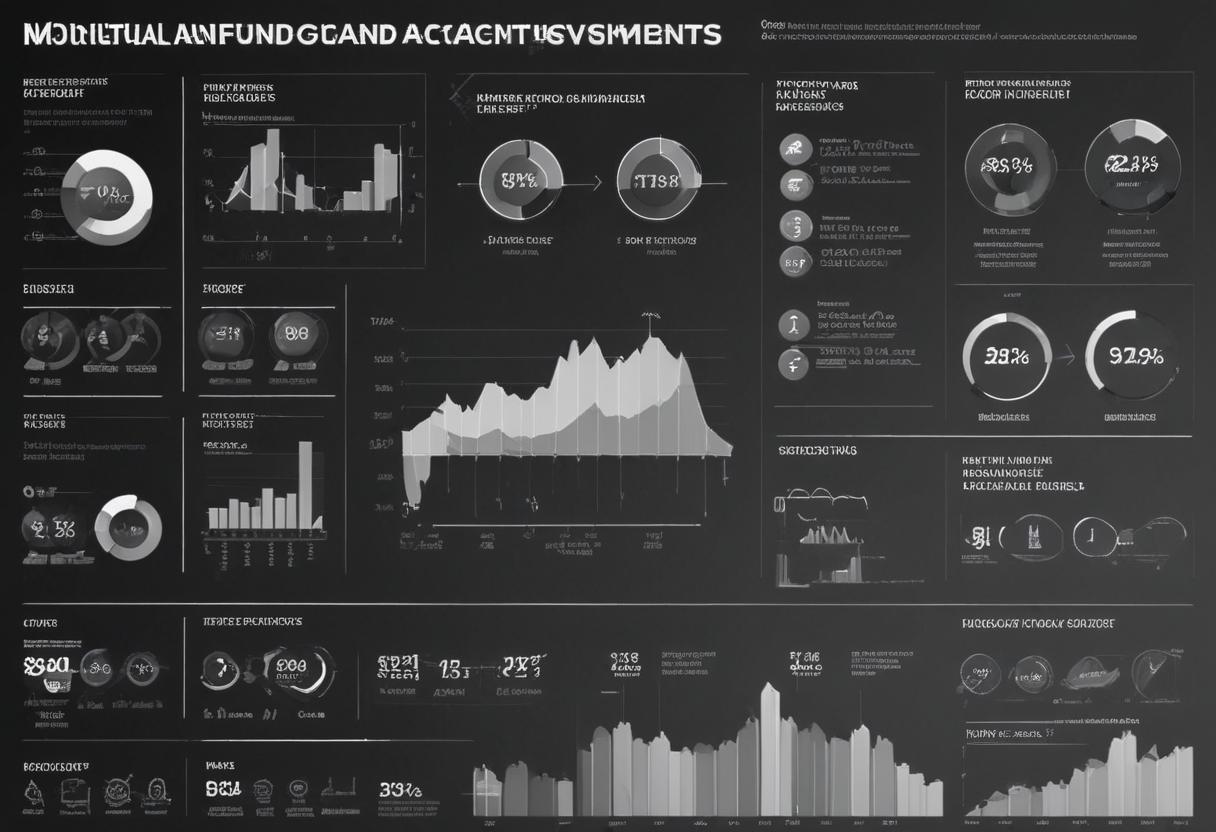Investing in the stock market can be a rewarding endeavor, but it requires careful research and analysis to make informed decisions. Whether you’re a novice investor or an experienced trader, understanding how to research stocks is crucial for building a successful investment portfolio. This article will explore the tools and techniques you need to effectively research stocks and make sound investment choices.
Understanding Stock Research
Stock research involves analyzing various factors that can influence a company’s stock price, including financial performance, industry trends, and economic conditions. The goal is to determine the potential for a stock to appreciate in value and generate returns.
Essential Tools for Stock Research
1. Financial News and Websites
Keeping up with the latest news and developments is essential for stock research. Reputable financial news websites provide real-time updates, market analysis, and expert opinions. Some popular sources include:
Bloomberg
Reuters
CNBC
MarketWatch
2. Financial Statements
Company financial statements, including income statements, balance sheets, and cash flow statements, provide critical information about a company’s financial health. These documents can be found in the company’s annual reports and quarterly filings with regulatory bodies like the SEC.
3. Stock Screeners
Stock screeners are online tools that allow investors to filter stocks based on specific criteria such as market capitalization, P/E ratio, dividend yield, and sector. Some popular stock screeners include:
Yahoo Finance
Finviz
Morningstar
4. Analyst Reports
Many financial firms and analysts publish detailed reports on individual stocks, providing insights into the company’s performance, industry trends, and future prospects. Accessing these reports can offer valuable perspectives and professional analysis.
5. Technical Analysis Tools
Technical analysis involves analyzing historical price and volume data to predict future price movements. Tools such as charting software and indicators like moving averages, RSI, and MACD can help investors identify trends and trading opportunities.
Key Techniques for Stock Research
1. Fundamental Analysis
Fundamental analysis involves evaluating a company’s financial health, competitive position, and growth prospects. Key steps in fundamental analysis include:
a. Analyzing Financial Statements
Income Statement: Assess revenue, expenses, and net income to understand profitability.
Balance Sheet: Evaluate assets, liabilities, and shareholders’ equity to gauge financial stability.
Cash Flow Statement: Examine cash inflows and outflows to determine liquidity and operational efficiency.
b. Assessing Financial Ratios
Price-to-Earnings (P/E) Ratio: Measures stock price relative to earnings per share (EPS). A lower P/E may indicate undervaluation, while a higher P/E may suggest overvaluation.
Price-to-Book (P/B) Ratio: Compares stock price to book value per share. A lower P/B ratio could indicate a stock is undervalued.
Dividend Yield: Indicates the annual dividend payment as a percentage of the stock price. Higher yields can attract income-focused investors.
c. Evaluating Management and Corporate Governance
Assess the quality and track record of the company’s management team and board of directors. Strong leadership and good corporate governance practices are crucial for long-term success.
d. Analyzing Industry and Market Position
Understand the company’s competitive position within its industry. Consider factors such as market share, competitive advantages, and industry trends.
2. Technical Analysis
Technical analysis focuses on historical price and volume data to forecast future price movements. Key techniques include:
a. Chart Patterns
Trends: Identify upward, downward, or sideways trends to make buy or sell decisions.
Support and Resistance Levels: Determine price levels at which a stock tends to find support (buying interest) or resistance (selling pressure).
Chart Patterns: Recognize patterns such as head and shoulders, double tops, and triangles to predict price movements.
b. Technical Indicators
Moving Averages: Calculate average prices over specific periods to identify trends and potential reversal points.
Relative Strength Index (RSI): Measure the speed and change of price movements to identify overbought or oversold conditions.
Moving Average Convergence Divergence (MACD): Track the relationship between two moving averages to spot buy and sell signals.
3. Sentiment Analysis
Sentiment analysis involves gauging market sentiment through social media, news sentiment, and investor sentiment surveys. Positive sentiment can drive stock prices higher, while negative sentiment can lead to declines. Tools like Twitter sentiment analysis and news sentiment trackers can help investors understand market mood.
Practical Steps for Stock Research
1. Define Your Investment Goals
Determine your investment objectives, risk tolerance, and time horizon. This will help you select stocks that align with your goals.
2. Conduct Preliminary Screening
Use stock screeners to identify potential stocks based on your criteria, such as market capitalization, industry, and financial ratios.
3. Perform In-Depth Analysis
Dive deeper into the shortlisted stocks by analyzing their financial statements, evaluating management, and assessing industry conditions.
4. Monitor News and Events
Stay updated on news and events that could impact your stocks. Monitor earnings reports, economic indicators, and geopolitical developments.
5. Review Analyst Reports
Consult analyst reports for professional insights and recommendations. Consider multiple viewpoints to get a balanced perspective.
6. Utilize Technical Analysis
Apply technical analysis to identify entry and exit points. Use chart patterns and technical indicators to time your trades.
7. Evaluate Sentiment
Gauge market sentiment to understand the broader market’s perception of the stock. This can provide additional context for your investment decisions.
Researching stocks requires a combination of tools and techniques to make informed investment decisions. By leveraging financial news, analyzing company financials, using stock screeners, and applying both fundamental and technical analysis, investors can gain a comprehensive understanding of potential investments. Remember, diligent research and continuous monitoring are key to successful stock investing. By mastering these tools and techniques, you can enhance your ability to identify promising stocks and build a robust investment portfolio.







